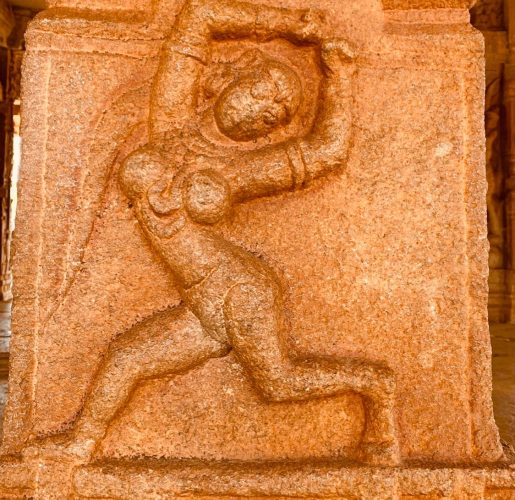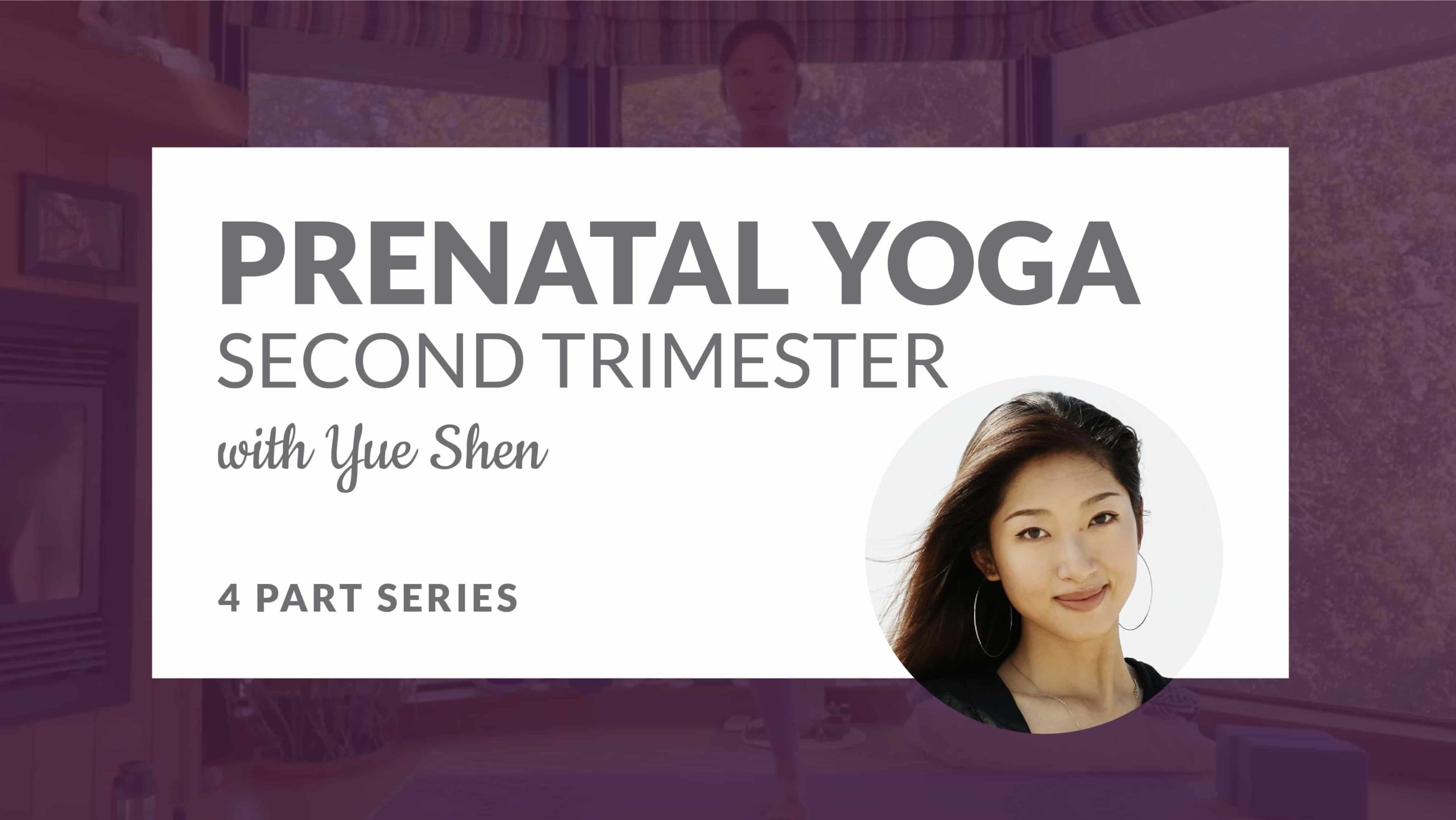The Divine Goddess. The Powerful Devi. Prakriti, That Which Is Manifested. The Mother Of All Creation. The Sorceress. The Destroyer Of Evil. The Seductress. The One Who Danced With The Lord. The Yoni. The Earth Mother. The Seen. The One Who Brought Yoga To The West. The Peace-maker. The Yogi-prenuer. The Yoga Teacher. The Yoga Student.
From ancient times to modern times, a woman has played multiple roles in the story of yoga. Even though the Goddess has been worshipped through the years in India, her human form and role has been as complex and multi-dimensional as the practice of yoga itself; her voice, at times strong, clear, and visionary, and at times, purposefully silenced.
Yoga, the practice that emerged from ancient India a few thousand years ago, merging and morphing with the changing socio-political-cultural landscape, has been a dynamic and evolving framework for spiritual, emotional, and physical transformation. The practice has been re-constructed and re-contextualized multiple times over the years, taking in the demands of the times, being shaped even as it shapes those around. Women in yoga – their role in its evolution and development – has very rarely been a subject of study. In many ways, the subject is merely a footnote, a notable brief mention in most of its recorded history. This selective and scanty recording and retelling of the contributions of women in the physical asana practice, the philosophical discourse, and the spiritual realm, has made it very challenging to accord their rightful place in the lineages of teachers, giving rise to many misunderstandings, such as the notion that women didn’t practice any yoga until the practice gained popularity in the West. This belief stems from ignorance – not only of yoga history, but also the narrow definition of yoga as solely a movement practice.
By excluding these ancient voices, are we perpetuating patriarchal perspectives, reinforcing certain values while devaluing others, knowingly or unknowingly repressing half of our ancestral voices with our ignorance? Are we then creating a blueprint for our future generations? Are we repeatedly allowing certain voices and messages to be heard as teachers and our gurus? Since the practice of yoga cannot be extricated from the culture it thrives in, what does that say about our culture?
This series is a mere beginning: unraveling a few stories of the ancient female voices and messages that are relevant even today. These are the voices that were radical for their times, disrupting the social rubric, marginalized in the mainstream yoga sub-culture and the broader culture where they spring from.
One needs to know the context of the myriad roads travelled by the ancient yogini; here’s a brief snapshot of herstory. Let’s travel back in time to 3000 C.E. Based on archaeological findings and textual evidence during the Indus Valley Civilization, a woman was a vital presence in spiritual life, associated with fertility, growth, abundance, and prosperity. In her book, Yogini: The Power of Women in Yoga, Janica Gates states, “There are numerous references to female scholars, priestesses, and philosophers who were practicing Yoga in its widest sense, acknowledging the connection between the human and Divine.” Some of the hymns in the Rig Veda, the most ancient Veda, were penned by the rishikas, or the 27 women sages. Notable among these learned women was Lopamudra, who taught her husband. They were also trained musicians and singers, who sang and taught these hymns in forest universities, called Gurukul.
Women’s Roles in Society
With the decline of the Indus Valley Civilization came the fall of women’s status and their participation in religious life. A patriarchal Brahminical era began, in which the Laws of Manu, Manava Dharma, compiled around 200 BCE. According to Agi Wittich, author of Women In Post Colonial Modern Yoga: a Feminist Point of View and The Hebrew University of Jerusalem graduate student, the caste system prescribed men’s and women’s dharma, or specific roles and doctrines. Men had four stages of life (student, householder, elder, and ascetic), while women had only one: stridharma, or “female householder.” However, these laws were not universally accepted and practiced all over India, especially not by the South Indian Dravidian population or by rural and lower caste populations.
During the Classical Period of yoga, a woman’s position was predominantly mired to the men in her life. Her spiritual and intellectual life was connected to her expressions of chastity, loyalty, and values of self-sacrifice and devotion to the husband. However, texts and monuments from 1 and 2 C.E. point to some agency with women. Some were prominent landowners and upadhyis, “female religious teachers.” Still, during this time, most women didn’t actively or openly lead in spiritual matters. It’s imperative to note that the primary audience for the Sutras (the most widely used text for students of yoga) were young boys, and one has to keep this context in mind as we study them. Most translations are by men furthering the patriarchal lean of our understanding of philosophy.
Women in Various Yoga Traditions
Around the same time, there was a more democratic, less ascetic, and severe tradition: tantra. In Tantra Yoga, Shakti (“the Divine Feminine”) is revered. Women were teachers and practiced freely, especially in the rural communities. These Tantric Yoginis rejected societal norms and defied the Brahmanical practices of the day. They were considered healers and thought to have siddhis (“supernatural powers”). Gates points out that closely related to the tantra tradition is the the Shakta tradition of ancient India, in which the Goddess is worshipped in all her forms, and many concepts of the feminine principle (prakriti, maya, and Shakti) come together. Tantra and Shakti traditions both helped revive the pre-patriarchal, pre-Brahminical values of feminine inclusion.
As a reaction to Hindu casteism and religious conversions from Muslim and Christian invasions, Bhakti Yoginis emerged around 1100 to 1700 C.E. Bhakti Yoga is first mentioned by Krishna in the Bhagavad Gita as an accessible way to access the Divine through love and devotion. This strong, vital presence in the yogic landscape seemed democratic and anti-hierarchical, opposing elaborate rituals, and stemming from the heart were more intuition centric. Female devotees thrived in this tradition. For instance, Akka Mahadevi and Mirabai defied powerful husbands in their steadfast devotion to Krishna and Shiva, respectively, and authored several lyrical compositions that are still sung today.
Women’s Revolution
By the mid 18th century, India was a British colony with many nationalists wanting independence. Thought leaders such as Swami Vivekananda influenced the cultivation of a physically-strong and intellectually-capable youth, aiming to overthrow their British rulers. Asana practice blended with other physical practices, such as wrestling, European gymnastics, acrobatics, etc. Madame Blavatsky, a controversial Russian occultist and co-founder of The Theosophical Society, penned several books on Vedas and Upanishads, which piqued Western minds and Eastern philosophy. Around the same time, Krishnamacharya (the Father of modern-day yoga) accepted his first woman student: the Latvian-born Indra Devi, affectionately called Mataji.
From this period onward, many female visionary teachers (especially in the West) have deeply influenced our practice and knowledge of yoga. Bringing forth their own particular sensibilities and innovations, they reflect a shift in the larger world in regards to women’s rights. I will share one story from each of these time periods and shed light on those that are not in the mainstream consciousness. These women are our ancestors; they had great wisdom and their voices need to be heard and rightfully honored in the echelons of our teachers.

















12 replies on “Understanding Women’s Role in Yoga History”
I am just soaking this up! Learning a ton from you. Thank you!
[…] contributions gender-neutrally but still, have a long way ahead. Let us take a look at few women I could find in my research who have contributed to […]
Loved your article! There is a huge gap in understanding yoga sutras or any ancient philosophy from a woman’s perspective.
Thank you. As a dance/movement therapist, I have been working with the developmentally significant poses and how inviting ourselves into these poses creates space to re-yoke our nervous system patterning. As a student and teacher of polyvagal theory, I know that we pattern our nervous system functioning in the dance with the main caregiver in infancy. I feel an invitation in your writing to appreciate the different dances of estrogen and oxytocin in all bodies. Versions of estrogen dance with testosterone in all bodies affecting sexual desire. The neuropeptide oxytocin brings a mothering kind of mindfulness to all bodies—the witness that hold space for second-thought before we shoot into Fight/Flight, the invitation to practice our ability to Play/Dance/Fight so we can practice our space-claiming boundary-setting moves with The Wild Mammal Mother (Down Dog pushing into Mother Earth). I appreciate the space you bring for identifying the influence of women in nuanced ways. I picture the infant dances of yogis and their mothers. I look forward to reading more of your work. Thank you again.
This article was featured on shethepeople.tv!
Looking forward to reading more!
Very well written enlightening and useful to the society. God bless you
Beautiful and well written . Keep writing. Enlightening to the people and very helpful. Meera Kamath
Very good and well written after research
Congratulations
It is very well written Angeles. God bless you. You should write more and regularly. God bless you
Very well written. You have to write regularly . I am going through your writing again now
Beautifully researched and written! I want to read more. Could you turn this into a podcast?